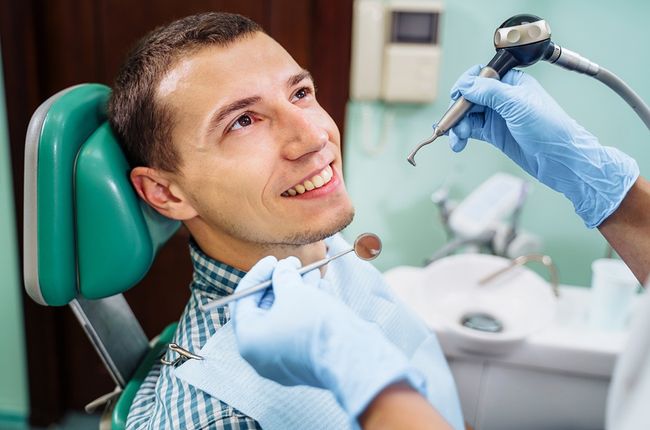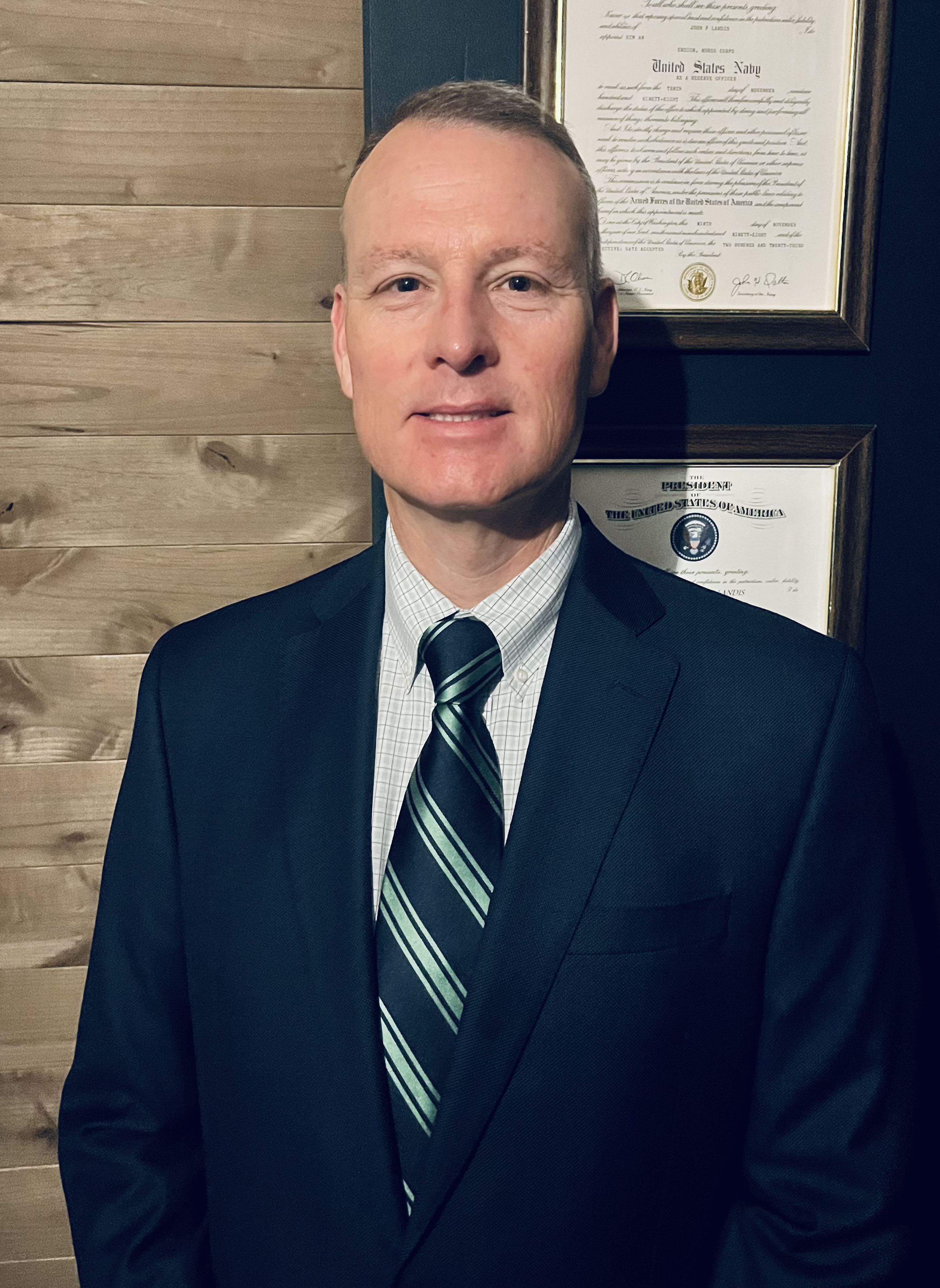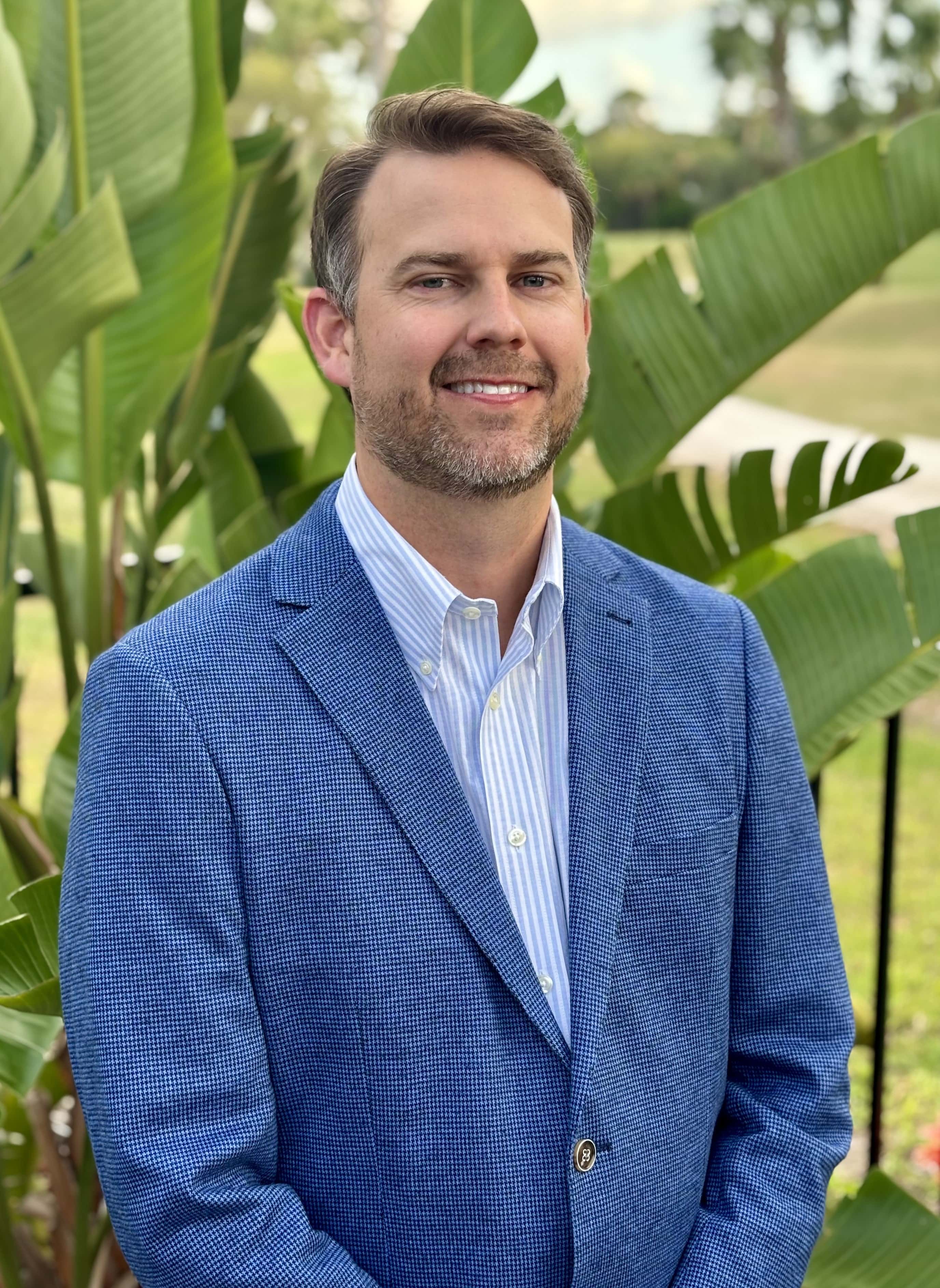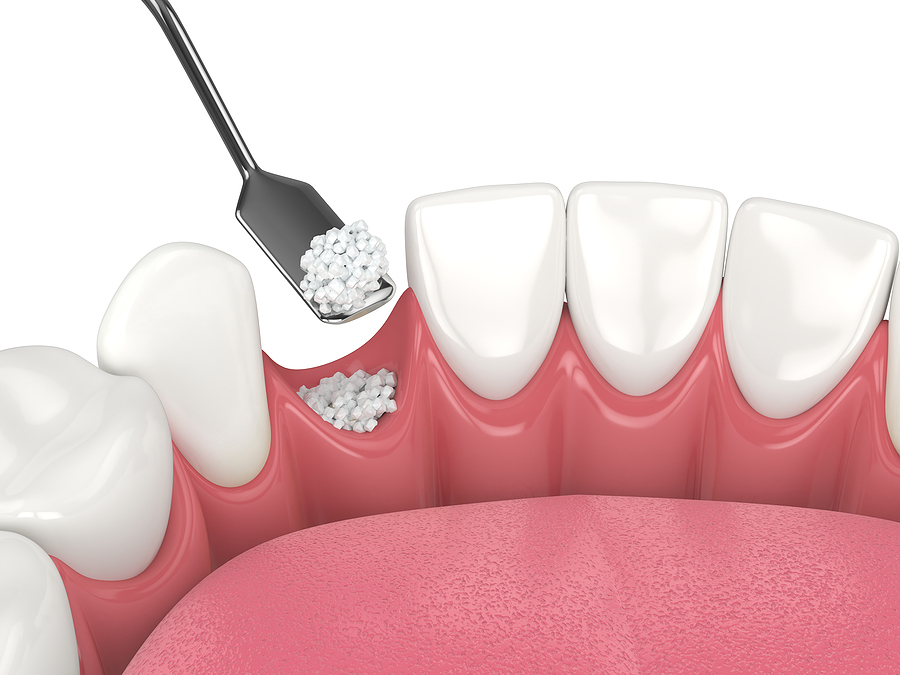What Is Bone Grafting? A Guide to Restoring Jawbone for Dental Implants
Posted by John Landis Feb 14, 2025

Imagine smiling confidently, knowing your teeth are not only beautiful but also stable. For many in Jacksonville Beach, FL, this dream becomes a reality with dental implants. But what happens when the jawbone lacks the necessary strength or volume to support these implants? This is where bone grafting comes into play—a critical procedure that lays the foundation for successful dental restoration.
Bone grafting might sound intimidating, yet it plays an essential role in ensuring your dental implants have a solid base to thrive on. Whether you've experienced tooth loss due to injury or decay, understanding this process can help you navigate your journey toward oral health and regain that radiant smile. Let's delve deeper into bone grafting and discover how it supports the future of dental implants!
Why Is Bone Grafting Necessary for Dental Implants?
Bone grafting is often essential for successful dental implants because a strong foundation is crucial. When teeth are missing, the jawbone can start to deteriorate over time. This loss of bone density can lead to complications during implant placement.
Without sufficient bone structure, there may not be enough support for the implant. This could result in failure or discomfort down the line. Bone grafting provides the necessary material to rebuild and reinforce the jawbone.
Additionally, certain factors such as age, gum disease, and tooth loss history can contribute to inadequate bone levels. In these cases, a graft helps restore volume and strength. It creates an optimal environment for dental implants to thrive.
By addressing these issues upfront with bone grafting, patients set themselves up for long-term success with their dental restorations. It's about ensuring that every step taken towards restoring smiles is built on solid ground.
Types of Bone Grafts
Bone grafting comes in several types, each serving a specific purpose.
- Autografts are harvested from the patient’s own body, usually from areas like the hip or chin. This method minimizes rejection and enhances healing.
- Allografts utilize bone sourced from a donor, often processed and sterilized to ensure safety. They offer a convenient solution without additional surgical sites but may carry some risk of immune response.
- Xenografts use bone materials from other species, typically bovine. These provide an excellent structure for new bone growth while being biocompatible.
- Synthetic grafts made from man-made materials mimic natural bone properties. They encourage new tissue formation without needing human or animal sources.
Each type has its advantages and potential drawbacks depending on individual needs and circumstances in restoring jawbone for dental implants in Jacksonville Beach, FL. Contact us to learn more.
The Process of Bone Grafting for Dental Implants
The bone grafting process is a crucial step for those seeking dental implants in Jacksonville Beach, FL. First, your dentist will evaluate the jawbone's condition through X-rays or 3D imaging. This assessment helps determine the best grafting technique.
Next, the area around the implant site is numbed to ensure comfort during surgery. The chosen bone material—whether from your own body, a donor, or synthetic sources—is then carefully placed where needed.
Once positioned correctly, it’s secured with small screws or membranes if necessary. Afterward, sutures are used to close up the gum tissue smoothly.
Healing typically takes several months as new bone grows and integrates with existing structures. During this time, regular follow-up appointments help monitor progress and address any concerns that may arise.
Recovery and Aftercare for Bone Grafting
Recovery after bone grafting is crucial for successful healing. Patients can expect some swelling and discomfort in the first few days, which is entirely normal. Pain management typically includes over-the-counter medications or prescriptions from your dentist.
It's essential to follow post-operative care instructions closely. Eating soft foods helps avoid irritation at the surgical site. Hydration should not be overlooked; plenty of fluids aid recovery without putting pressure on the jaw.
Maintaining oral hygiene is vital but must be done gently during this period. Rinsing with a saltwater solution can promote healing while minimizing bacteria around the grafted area.
Regular follow-up appointments will help monitor progress and ensure everything is healing as it should. Listening to your body throughout this time will pave the way for a smoother recovery process, setting you up for success with dental implants in Jacksonville Beach, FL, when the time comes.
Alternatives to Bone Grafting
For those who may not be candidates for bone grafting, there are alternatives worth considering.
- One option is the use of dental implants with shorter lengths. These implants can sometimes anchor securely in existing bone without the need for additional grafting procedures.
- Another alternative involves guided tissue regeneration (GTR). This technique encourages the growth of new bone and gum tissues around the implant site, often using special membranes to guide healing.
- In some cases, a sinus lift procedure may also serve as an alternative. This method adds volume to the upper jaw by raising the sinus floor and placing graft material directly into that area.
- Patients might explore mini dental implants. These smaller versions require less bone density but still offer stability and support for restorations. Each option presents unique benefits tailored to individual needs in restoring smiles effectively.
Conclusion
Bone grafting plays a crucial role in the success of dental implants, particularly for those with insufficient jawbone density. Whether due to tooth loss, trauma, or periodontal disease, many individuals face challenges when considering dental implants in Jacksonville Beach, FL. Understanding the necessity and process of bone grafting can help alleviate concerns.
With various types of bone grafts available—each serving specific needs—patients have options that cater to their unique situations. The procedure itself requires skilled hands and careful planning but offers promising results for restoring oral function and aesthetics.
Post-operative care is vital for optimal healing. Following your dentist’s aftercare instructions will support recovery and lead you back on track toward receiving your new dental implants.
Exploring alternatives to bone grafting is also worthwhile if it turns out you’re not an ideal candidate. Options like mini-implants or different implant techniques may be suitable depending on individual cases.
For anyone contemplating dental implants in Jacksonville Beach, understanding these aspects can empower decision-making regarding oral health restoration. Your journey towards reclaiming a confident smile starts with gathering knowledge about procedures like bone grafting and consulting professionals who prioritize patient comfort and outcomes.
Ready to take the next step toward optimal oral health? Contact Beaches Oral and Maxillofacial Surgery today at (904) 246-6545 or visit us at 472 Jacksonville Dr., Jacksonville Beach, FL 32250. Our skilled team is dedicated to providing exceptional oral and maxillofacial care in a comfortable and welcoming environment.
More Blog Posts
Office Hours
MON8:00 am - 4:00 pm
TUE8:00 am - 4:00 pm
WED8:00 am - 4:00 pm
THU8:00 am - 4:00 pm
FRI8:00 am - 2:00 pm
SATClosed
SUNClosed














